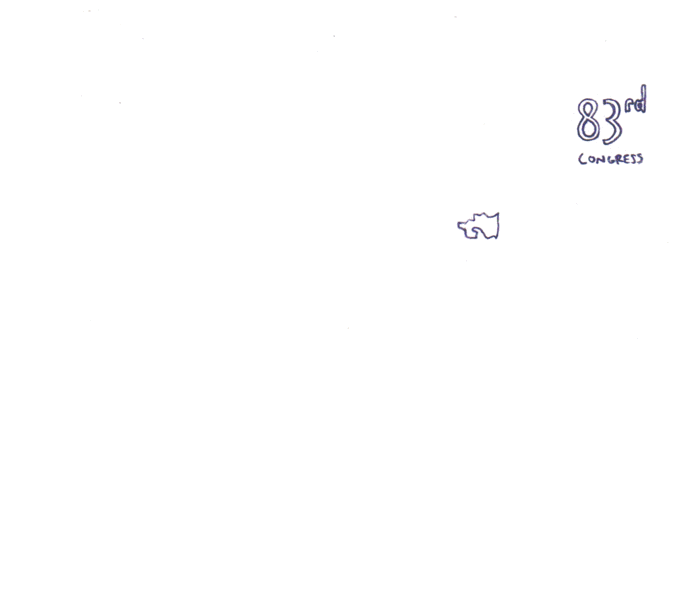
Rob Walker|Essays, Spawn of Gerrymander
October 13, 2014
Spawn of Gerrymander: Joe Alterio’s Maryland 3rd

Joe Alterio’s “The Maryland Third” visually encapsulates the spirit of the Spawn of Gerrymander project in general. Here we see, in motion, how the shape of democracy has morphed into a rigged-up monstrosity.
“While drawing all the tiny inlets and coves of the map,” Alterio says, “all I could think was: ‘Some fucker knows this shape down to the statistical block.’ And I got really bummed out.”
He is almost certainly right that some politicized mapmaker does indeed know the minute statistical details. It is surely one reason that what was, long ago, a relatively compact district (as shown in the opening of Alterio’s animation, as well as in this useful Wonkblog post), has over time devolved into a shape that The New Republic in 2012 called the “most Gerrymandered” in the country.
But as much of a bummer as this may be, I give Alterio credit for responding with an image that’s not so much depressing as entertainingly enraging. Whatever this stitched-together creature may be … maybe we’d be better off if we could figure out how to slay such things.
Joe Alterio is an illustrator, designer, and artist. See more at www.joealterio.com.
Spawn of Gerrymander is a series in which some of our favorite illustrators use their talents to help us see the true shape of political mapmaking in the twenty-first century: introduction essay here; browse the whole series here. This project has been made possible in large part by a grant from The Awesome Foundation‘s Awesome Without Borders chapter.
Observed
View all
Observed
By Rob Walker
Recent Posts
A quieter place: Sound designer Eddie Gandelman on composing a future that allows us to hear ourselves think It’s Not Easy Bein’ Green: ‘Wicked’ spells for struggle and solidarity Making Space: Jon M. Chu on Designing Your Own Path Runway modeler: Airport architect Sameedha Mahajan on sending ever-more people skyward
 Rob Walker is a technology/culture columnist for
Rob Walker is a technology/culture columnist for 


